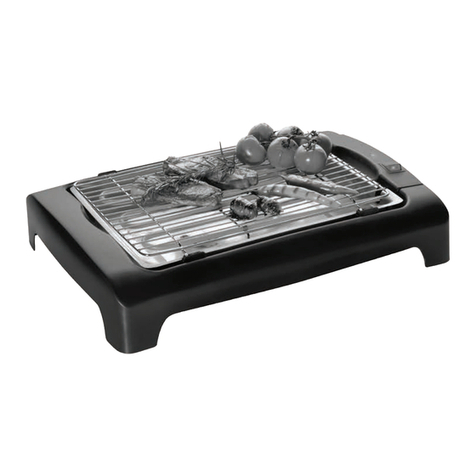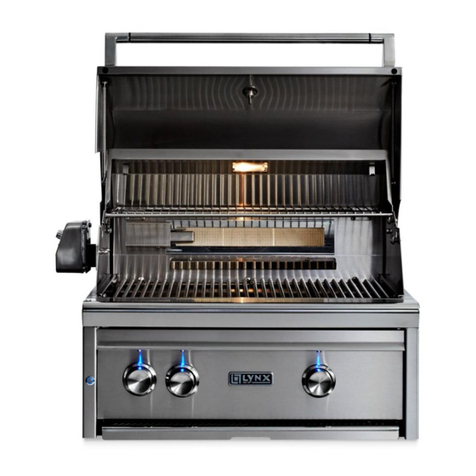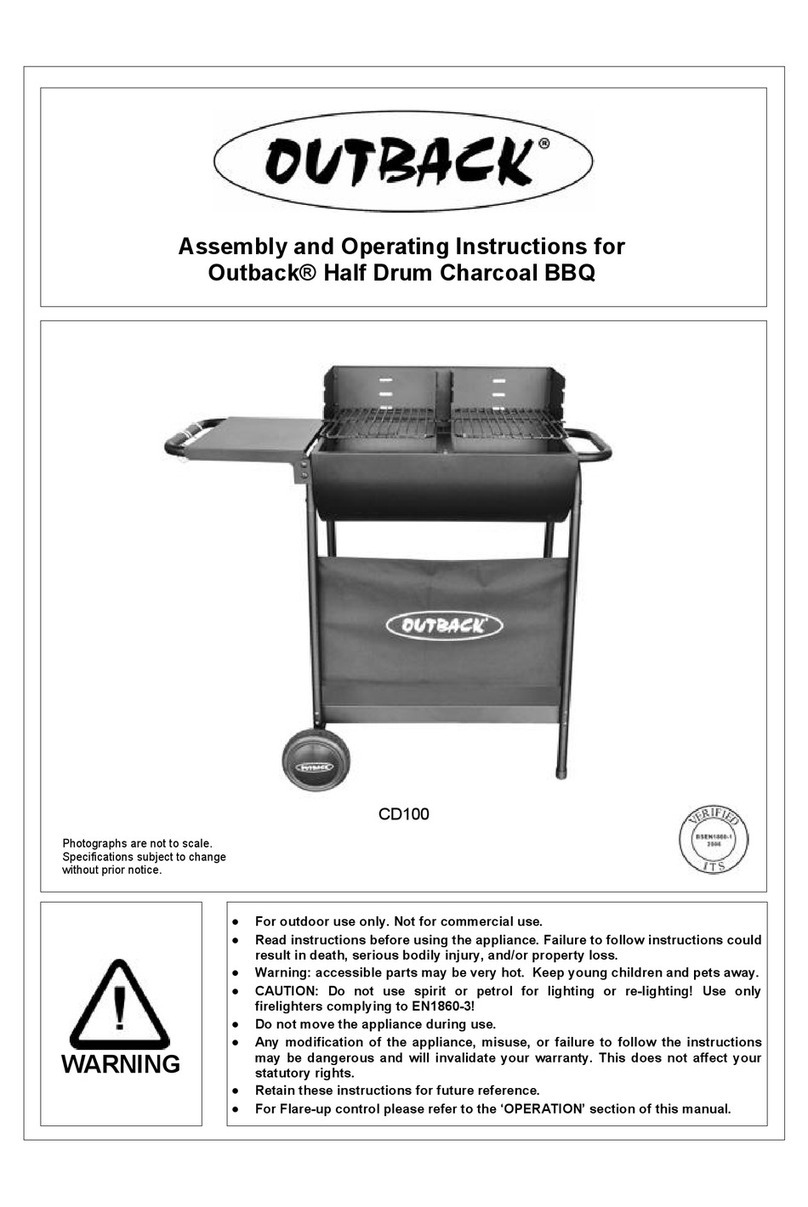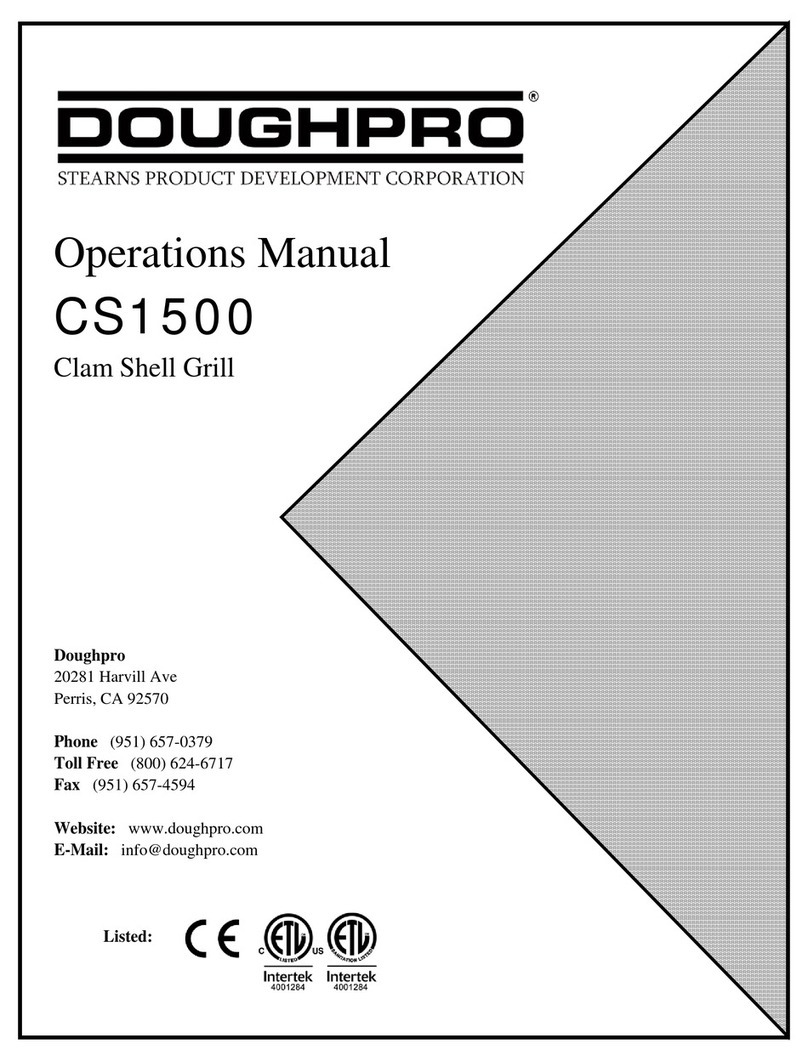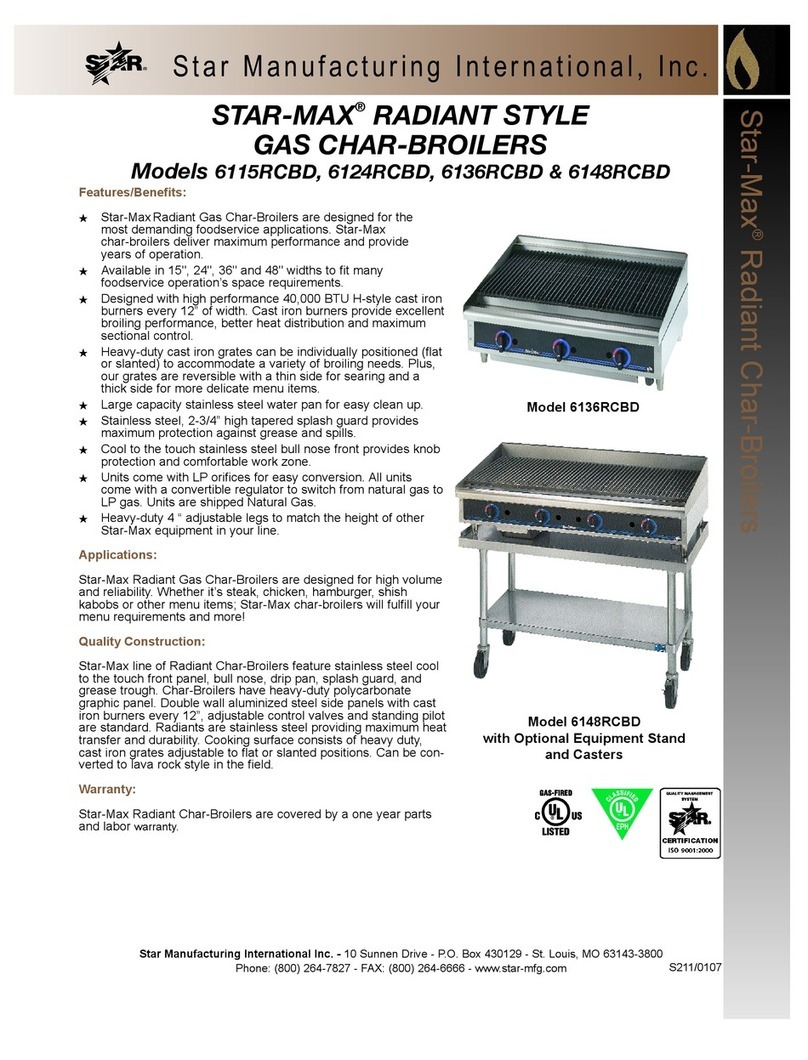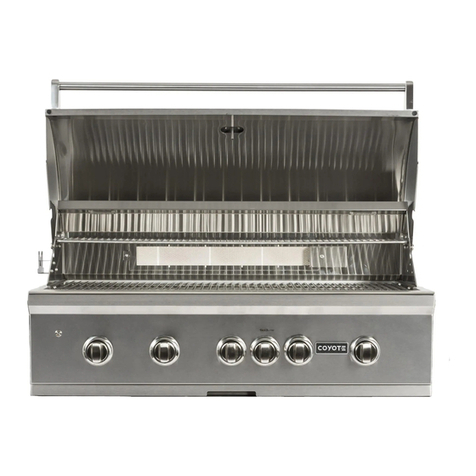Heston Blumenthal Everdure HUB Instruction manual
Other Heston Blumenthal Grill manuals
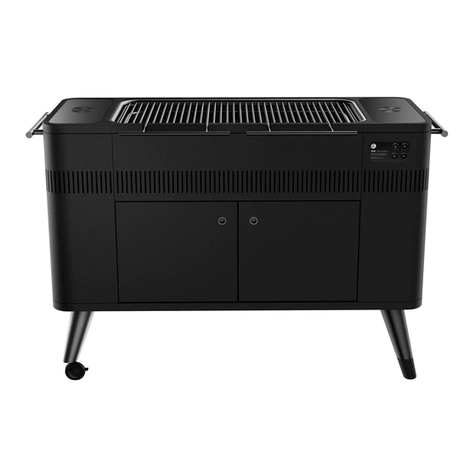
Heston Blumenthal
Heston Blumenthal Everdure HUB II Installation instructions
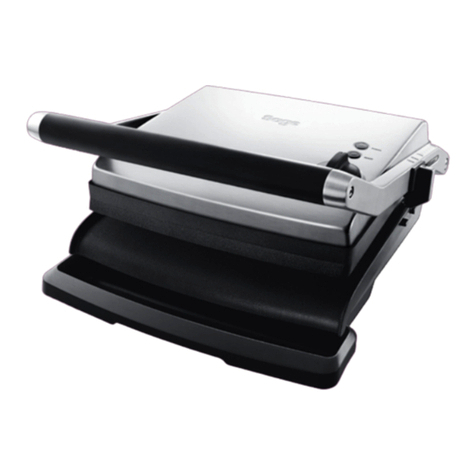
Heston Blumenthal
Heston Blumenthal Sage AdjustaGrill & Press BGR250 User manual

Heston Blumenthal
Heston Blumenthal Everdure HUB Installation instructions
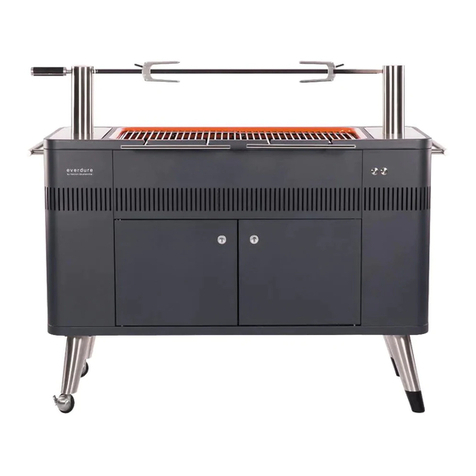
Heston Blumenthal
Heston Blumenthal Everdure Hub HBCE2BUS Installation instructions
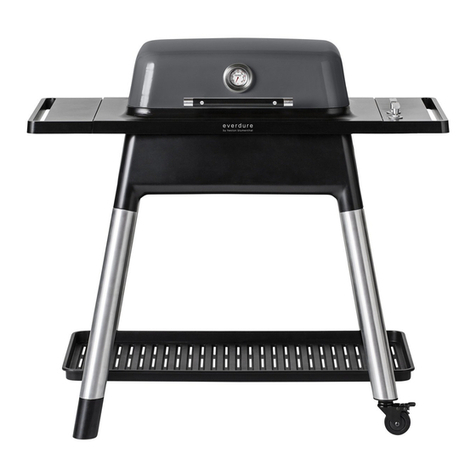
Heston Blumenthal
Heston Blumenthal Everdure FORCE HBG2G User manual

Heston Blumenthal
Heston Blumenthal everdure CUBE 360 Installation instructions
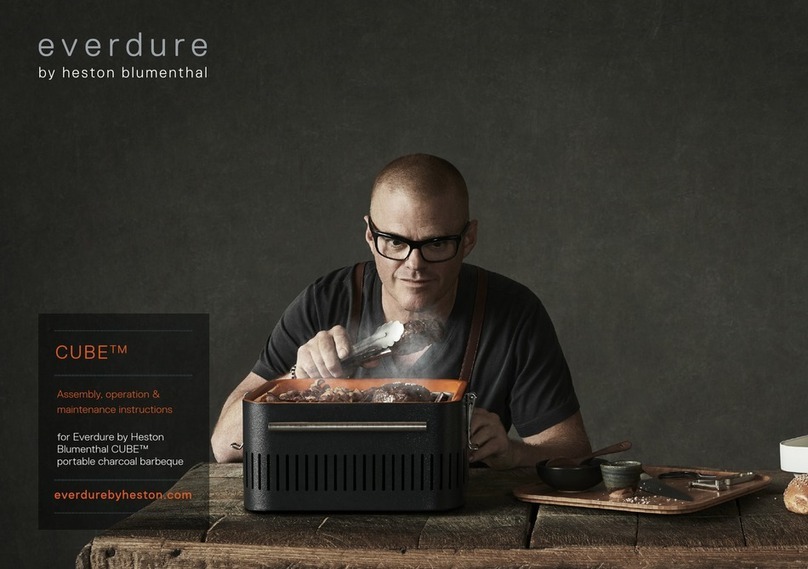
Heston Blumenthal
Heston Blumenthal everdure CUBE Series Installation instructions

Heston Blumenthal
Heston Blumenthal Everdure CUBE Instruction manual
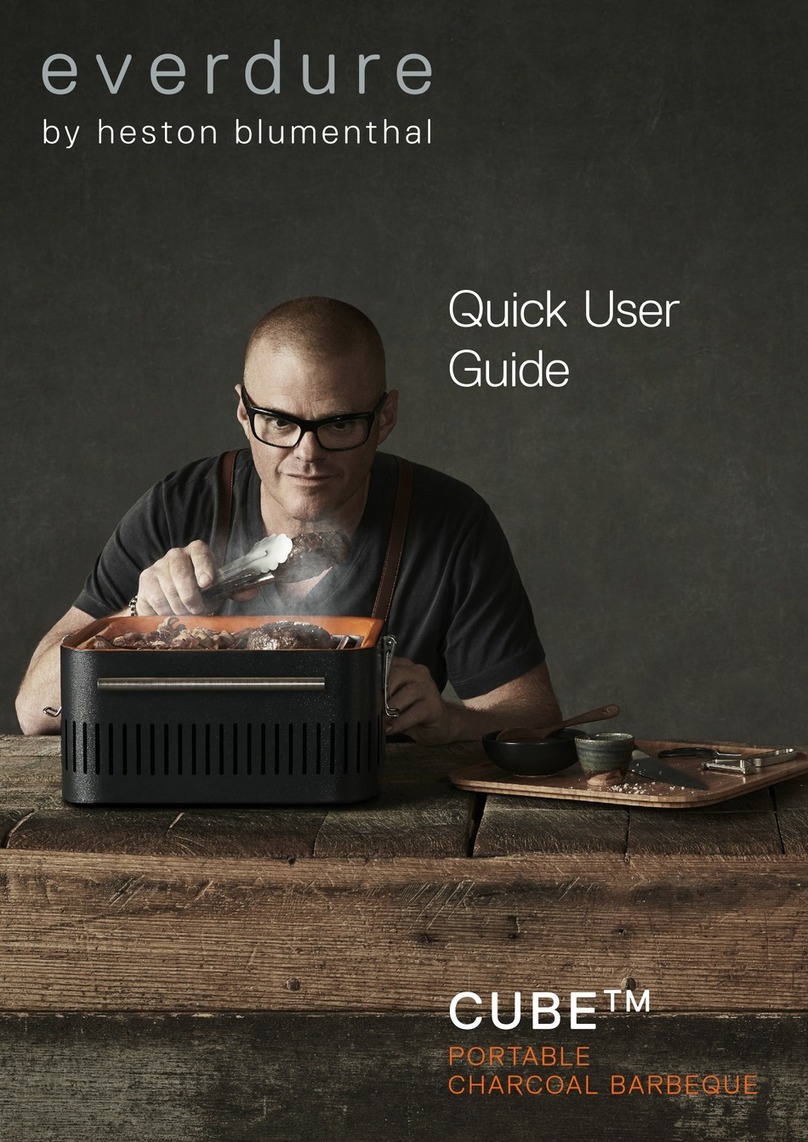
Heston Blumenthal
Heston Blumenthal Everdure CUBE Instruction manual
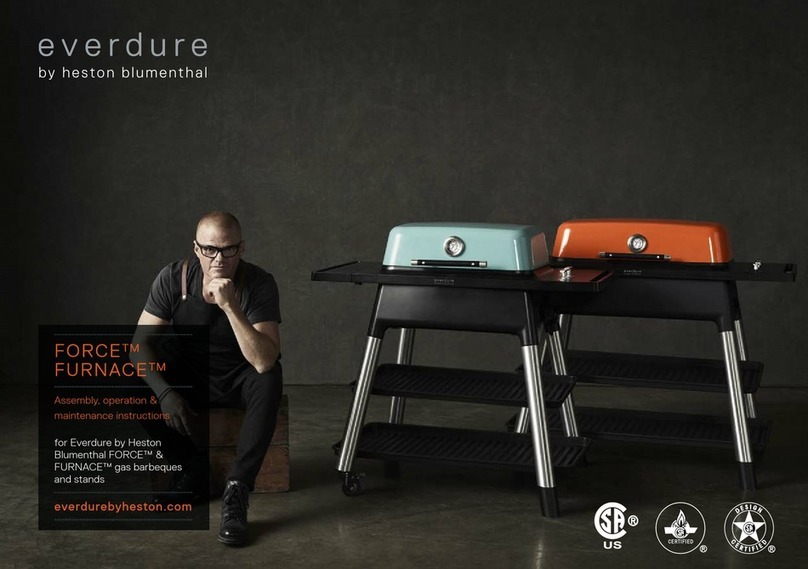
Heston Blumenthal
Heston Blumenthal everdure FORCE Installation instructions
Popular Grill manuals by other brands
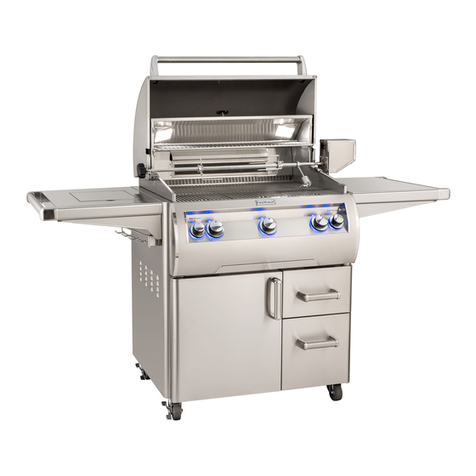
FireMagic
FireMagic Echelon Diamond Series quick start guide

BorMann
BorMann Elite BBQ5500 manual
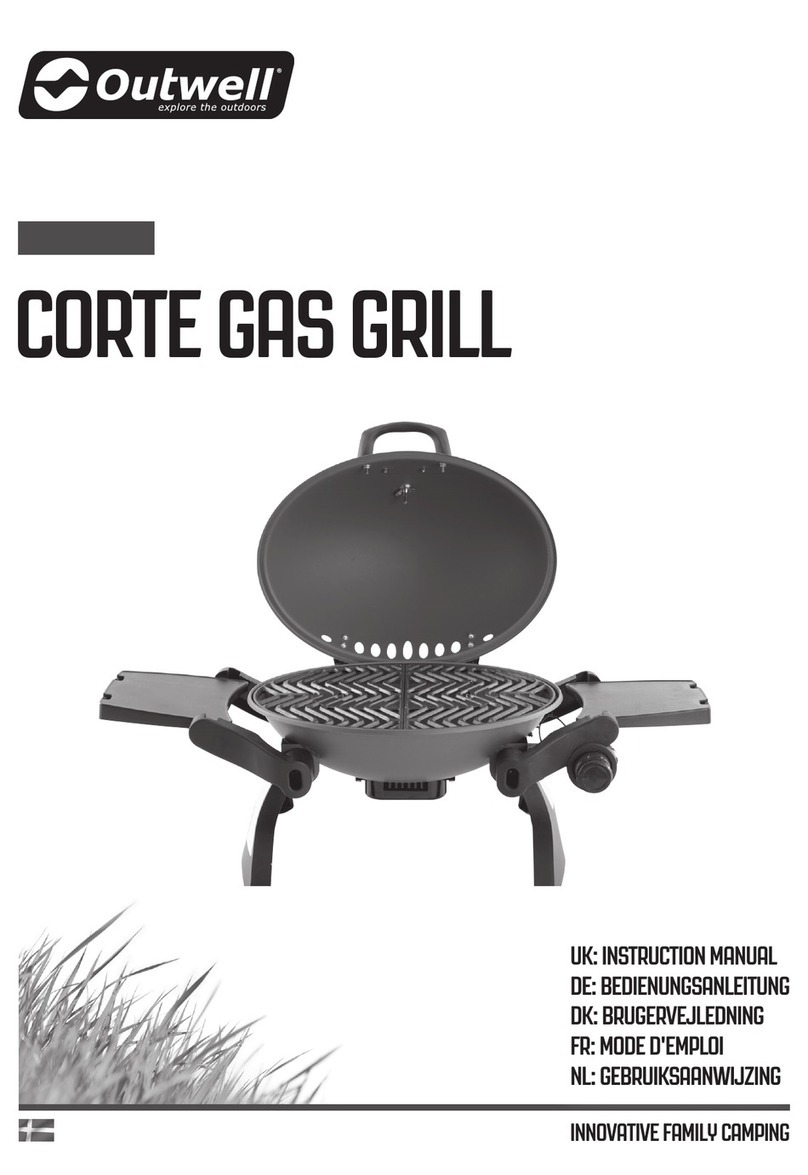
Outwell
Outwell CORTE G-600 instruction manual
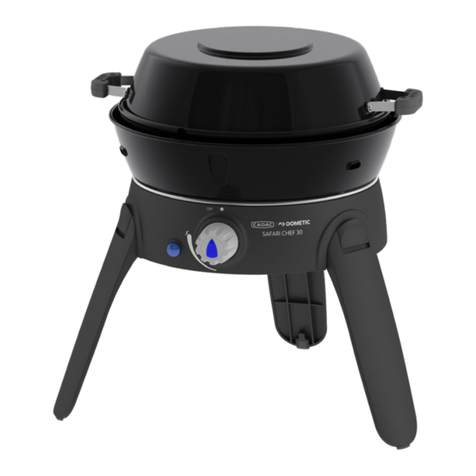
Cadac
Cadac SAFARI CHEF 30 User instructions

Kingsford
Kingsford Professional SC2263901-KF Series owner's manual

Meco
Meco Americana WALK-A-BOUT 4200 Series owner's manual




